Time crystals
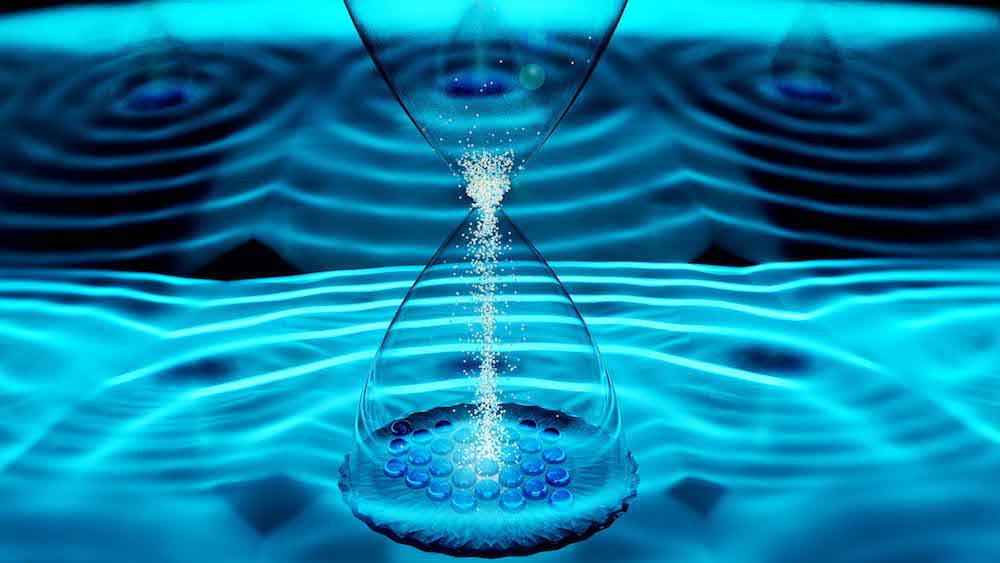
Scientists have recently succeeded in creating a mysterious state of matter known as a time crystal, which seems to suspend the laws of thermodynamics. Two separate experiments demonstrated this new form of matter. [Read more about the time crystals]
What is a time crystal
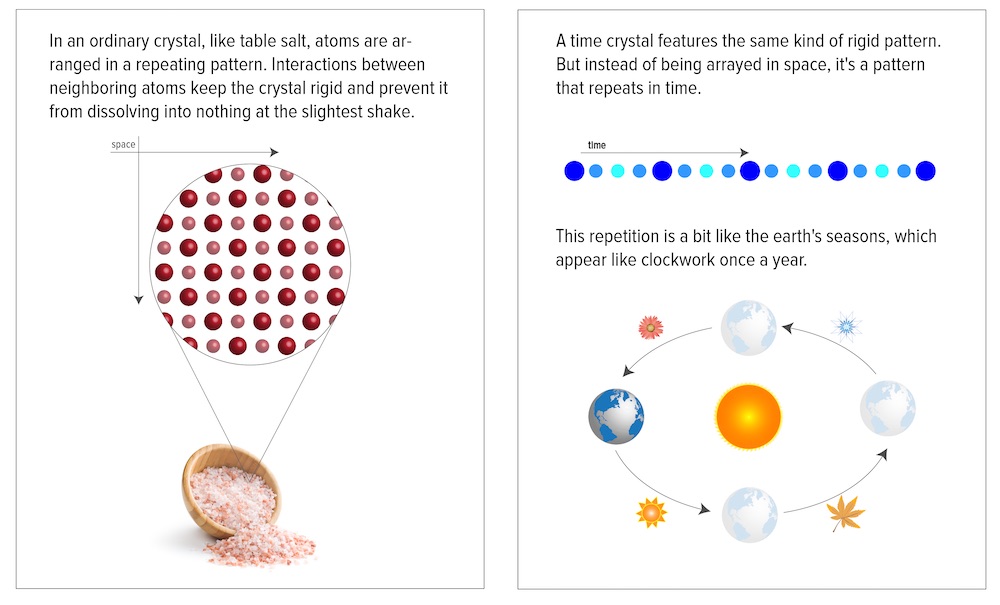
Here, an explanation for the basic concept of a time crystal. Time crystals would suspend the laws of thermodynamics because, while in this state, matter does not heat up or generate entropy, or increasing disorder.
Creating on in the lab
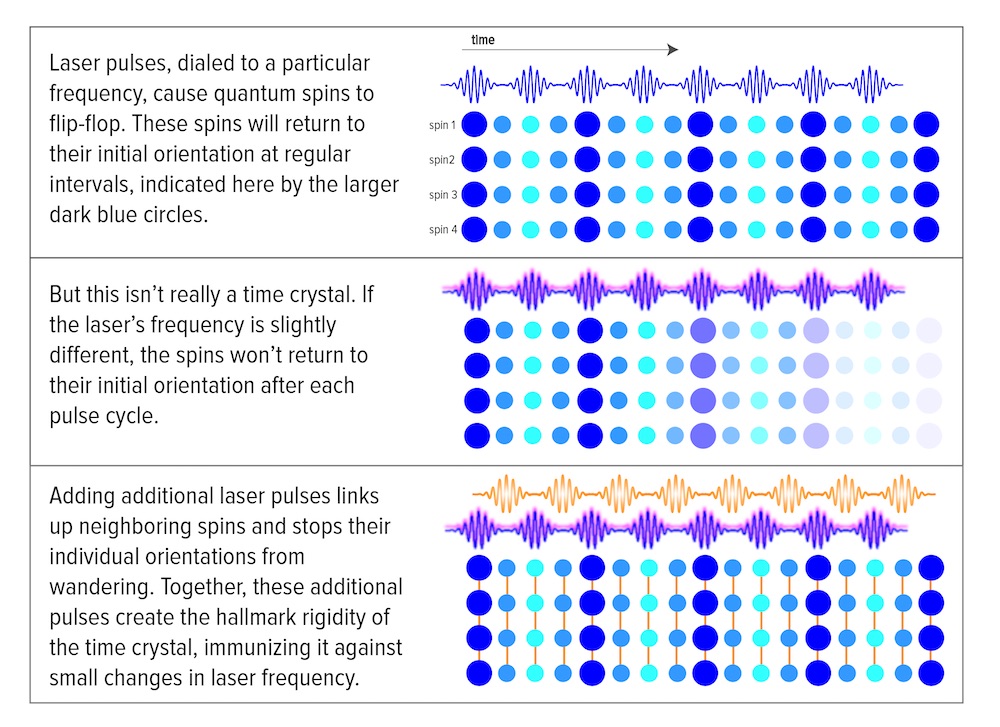
In one experiment, researchers used trapped ions of ytterbium, then manipulated their spins using laser pulses. These laser pulses set the matter oscillating at a frequency different from the initial laser pulses. The material did not heat up or generate entropy, despite being at room temperature and having high energy.
Glowing diamond
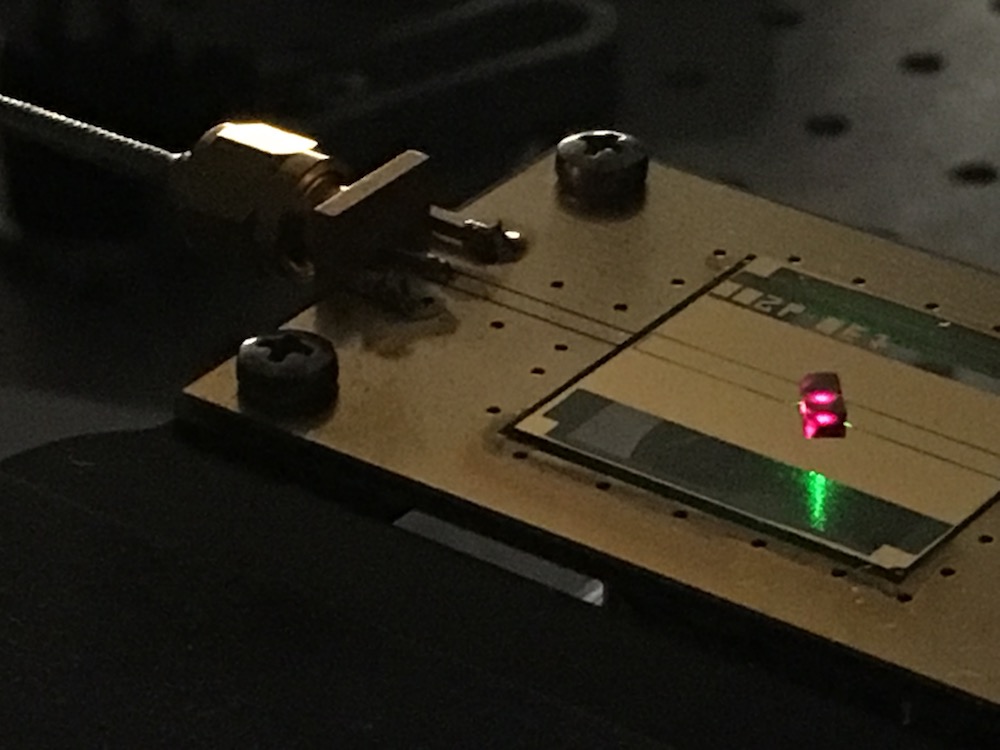
In a separate experiment, scientists used a piece of diamond with 1 million nitrogency vacancy color centers, or defects where a nitrogen atom replaces a carbon atom in the lattice. By periodically exciting them with microwave radiation, the team was also able to create a time crystal from the spins of all of the nitrogen vacancy color centers.
Black diamond
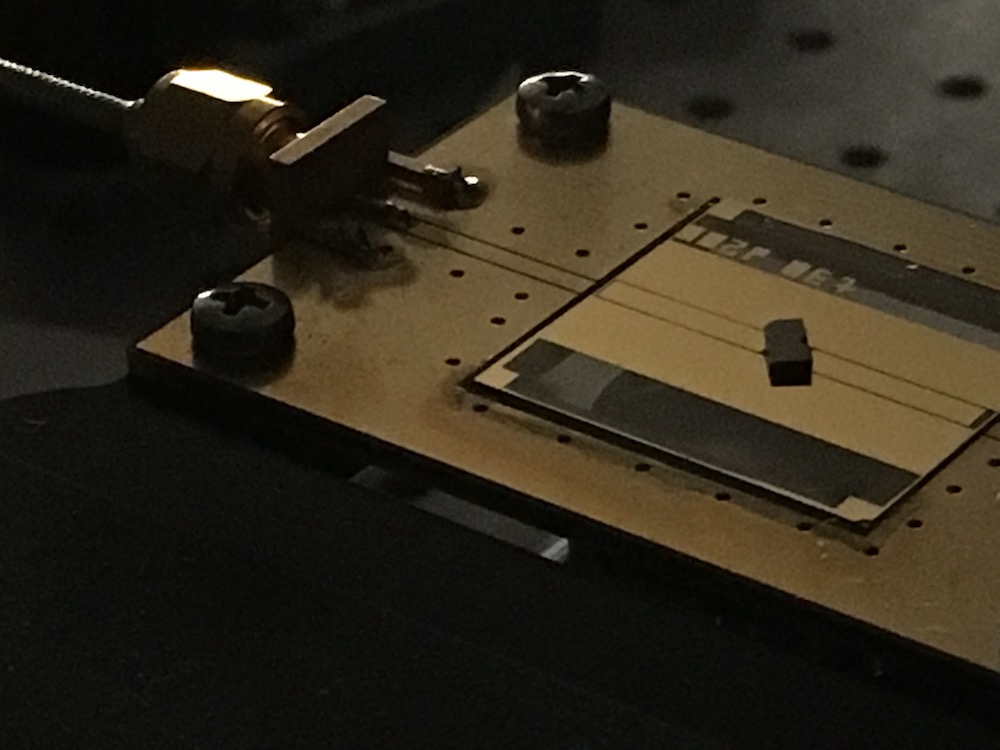
Here, another view of the experimental setup with the laser off. The diamond appears black because the nitrogen vacancy color centers add color to the diamond, and it is so full of them that it appears black.
Exotic state of matter
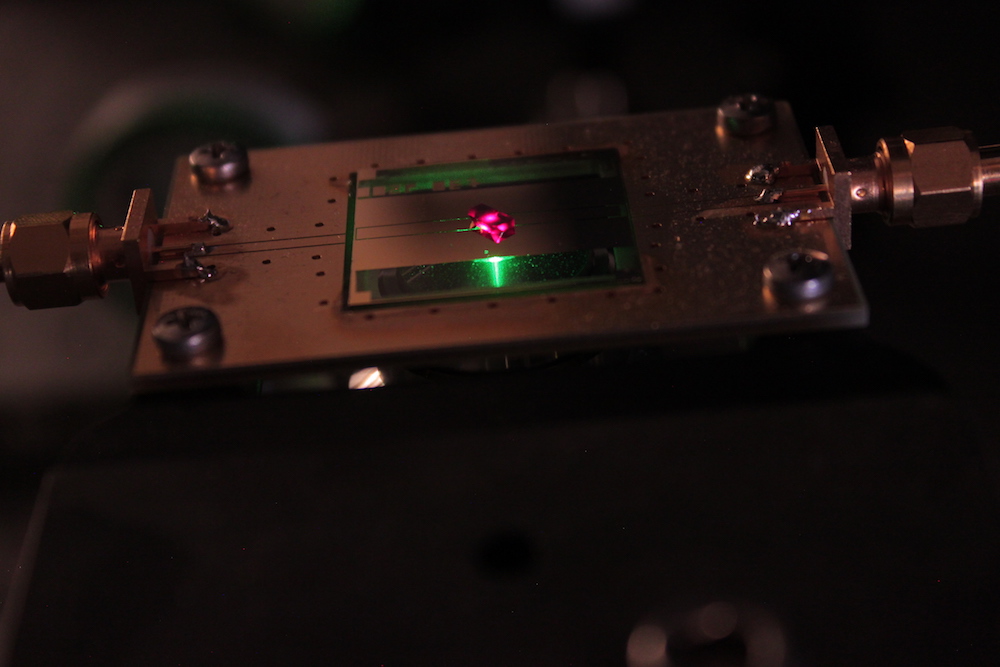
Here, another view of the second experimental setup. The second experiment did generate heat, albeit very slowly, meaning that the time crystal state would eventually be lost. [Read more about the time crystals]
Sign up for the Live Science daily newsletter now
Get the world’s most fascinating discoveries delivered straight to your inbox.

Tia is the managing editor and was previously a senior writer for Live Science. Her work has appeared in Scientific American, Wired.com and other outlets. She holds a master's degree in bioengineering from the University of Washington, a graduate certificate in science writing from UC Santa Cruz and a bachelor's degree in mechanical engineering from the University of Texas at Austin. Tia was part of a team at the Milwaukee Journal Sentinel that published the Empty Cradles series on preterm births, which won multiple awards, including the 2012 Casey Medal for Meritorious Journalism.









